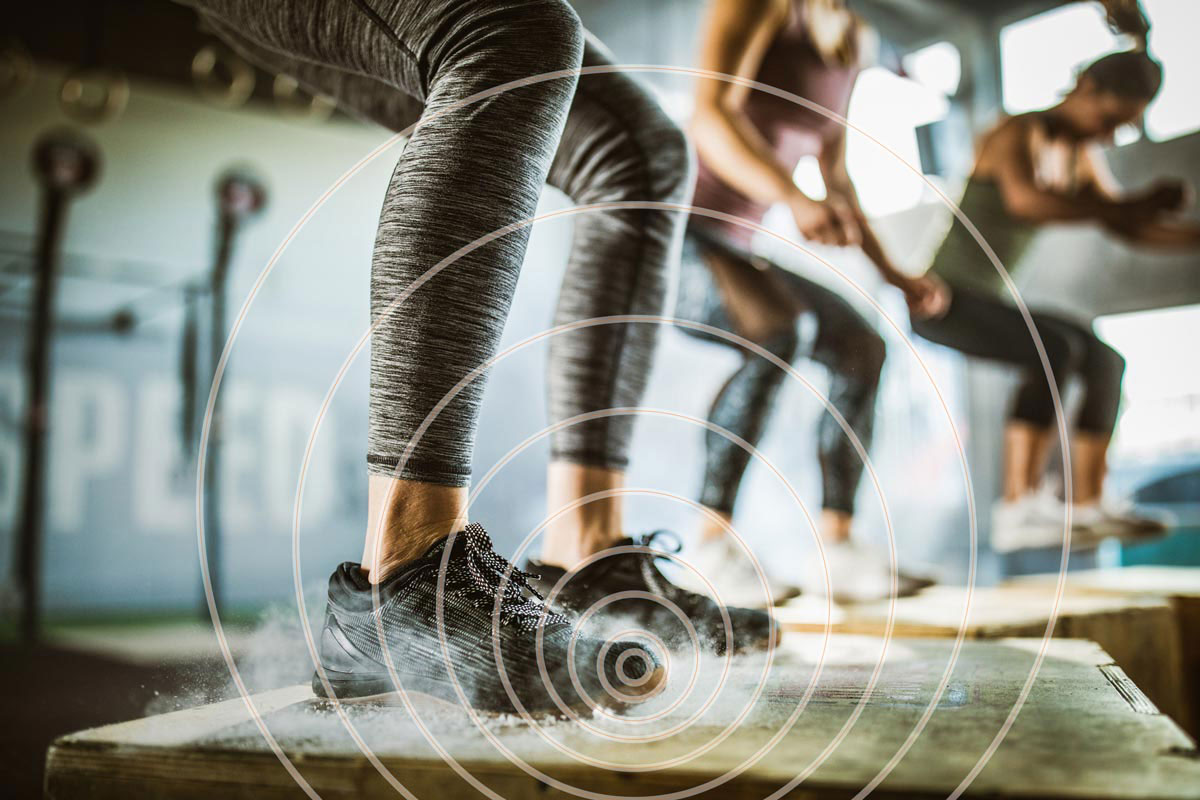Penn State College of Engineering and College of Medicine researchers have developed a radar to measure subtleties in human movement. This work has implications for allowing healthcare workers to more accurately identify individuals who may be at risk for injury and to track progress precisely while individuals are recovering from an injury.
“My students and I designed and constructed the radar system to characterize the micro-Doppler features of human gait, developed and tested various classification algorithms to separate patterns from different gait types, and validated our hypothesis using measured data from athletes mimicking different gait patterns,” said Ram Narayanan, PhD, professor of electrical engineering in the School of Electrical Engineering and Computer Science.
The system relies on the Doppler effect—a way of measuring the change in wave frequency between a target and an observer—to provide precise information about the movements of that target, in this case, the athlete. This radar system could be a cost-effective, portable, and scalable alternative to motion capture systems.
The researchers had NCAA athletes jump in front of the radar while barefoot, wearing shoes, and wearing shoes with a heel lift. The radar was able to classify the jumps into each of those 3 categories with over 90% accuracy.
“The…micro-Doppler radar is able to ‘see’ differences in human movement that the human eye is not able to differentiate,” said Cayce Onks, MS, DO, associate professor of family and community medicine and of orthopedics and rehabilitation in the College of Medicine and a physician at Penn State Health. “This type of information has the potential to be applied to hundreds of clinical applications including but not limited to prevention of falls and disabilities, early detection of Parkinson’s, early detection of dementia, concussion diagnosis, and identification of movement patterns that place individuals at risk for any number of musculoskeletal injuries such as ankle injuries and ACL tears. Other applications may include determining readiness of an individual to return to movement following rehabilitation from an injury or surgery.”








